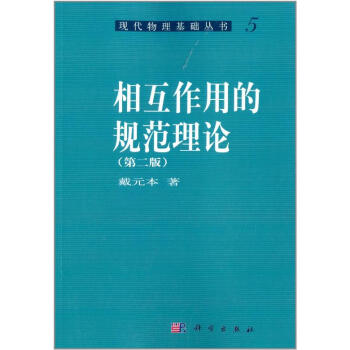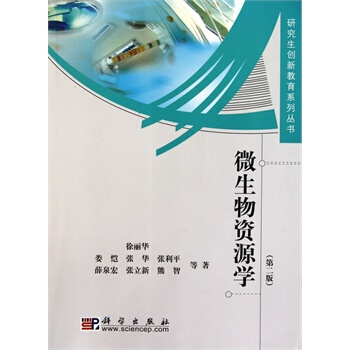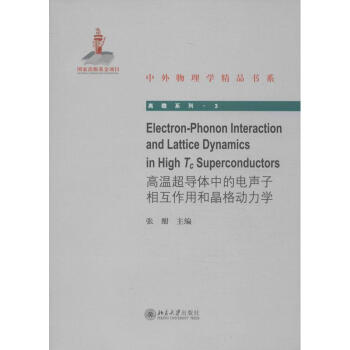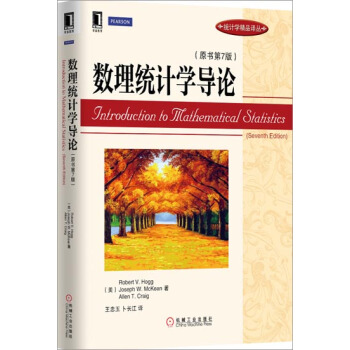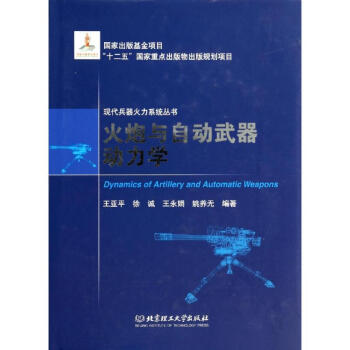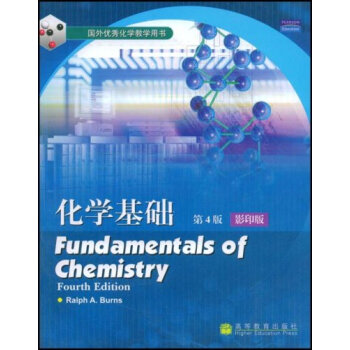

具体描述
基本信息
书名:化学基础(第4版)(影印版)
原价:55.00元
作者:伯恩斯 (Ralph A.Burns)
出版社:高等教育出版社
出版日期:2004-04-01
ISBN:9787040144604
字数:
页码:746
版次:1
装帧:平装
开本:16
商品重量:1.1kg
编辑推荐
内容提要
目录
Preface xv
A Letter to the Student xxvi
1 Chemistry Is Everywhere I
2 Matter and Energy 12
3 Fundamental Measurements 35
4 Elements, Atoms, and the Periodic Table 76
5 Atomic Structure: Atoms and Ions 114
6 Names, Formulas, and Uses of Inorganic Compounds 154
7 Periodic Properties of Elements 184
8 Chemical Bonds 213
9 Chemical Quantities 249
10 Chemical Reactions 276
11 Stoichiometry: Calculations Based on Chemical Equations 312
12 Gases 338
13 Liquids and Solids 376
14 Solutions 407
15 Reaction Rates and Chemical Equilibrium 437
16 Acids and Bases 469
17 Oxidation and Reduction 507
18 Fundamentals of Nuclear Chemistry 539
19 Organic Chemistry 577
20 Biochemistry 624
APPENDIX A Metric and English Conversions and Some Physical Constants 656
APPENDIX B Basic Algebra Operations 657
APPENDIX C Exponential Notation 660
APPEND~ D Using Conversion Factors to Solve Problems 664
APPENDIX E Glossary 671
APPENDIX F Solutions to Exercises and Answers to Odd-Numbered Problems 684
Credits for Photographs 724
Index 727
作者介绍
作者:(美国)伯恩斯(Ralph A.Burns)
文摘
插图:
序言
To the Instructor
The wide acceptance and success of the third edition of this textbook provided the impetus for making refinements and modifications that are designed tomake the text even more appealing and effective. A successful text is, by definition, a work in progress. A special thank you is extended to all users and reviewerswho have made helpful suggestions that will enable this new edition to effectivelyaddress the needs of today's student population.
This text is written especially for students who have had no instruction——orlimited instruction——in chemistry. It is for the broad range of students who are inthe process of preparing themselves for subsequent courses in chemistry and othersciences. It is also for students who are preparing to enter nursing, allied health, andtechnical programs, and for students in a variety of disciplines who take the coursefor general education purposes.
Although chemistry is everywhere——and without it life would not be possibleexcitement and anticipation for learning about chemicals and chemical reactions isfrequently not evident among students. Instead, students often approach the study ofchemistry with considerable apprehension. Furthermore, chemistry educators at all levels express a genuine concern about the limited science background and mathematical skills of many students. Beginning students especially need help to
overe their fears,
approach chemistry with confidence,develop problem-solving and critical-thinking skills,apply principles of chemistry when solving problems,appreciate exciting real-world connections and applications of chemistry, andunderstand that chemistry is a part of everyday life.
In this fourth edition, we have addressed the goals listed here by extending andenhancing the blend of learning approaches directed at mon problems studentsoften have in understanding chemistry. Only when a student is petent will sheor he be able to overe fear, and have confidence.
To help students achieve real understanding, this text does the following things.
Addresses student attitudes from the start. Preceding Chapter 1 is a letter tostudents that addresses student apprehension and study techniques. It lists six levelsof thought processes, describes ten principles of productive study, and gives stepsand actions that lead to success. Specific study techniques are remended for use before lectures, during lectures, and before exams. Instead of expecting students to automatically know how to approach the study of chemistry, we suggest and provide successful learning strategies.
用户评价
这本书我一直想入手,但总是犹豫不决。市面上的化学教材实在太多了,各种版本、各种出版社,让人眼花缭乱。我以前也买过一些,感觉要么太理论化,读起来枯燥乏味,要么就是过于浅显,对深入理解帮助不大。我希望找到一本既能系统讲解化学基础知识,又能激发学习兴趣的书。我希望它能包含丰富的例题和习题,让我能够及时巩固所学,并且能够解决我在学习过程中遇到的实际问题。当然,价格也是一个重要的考量因素,我希望能够以一个合理的价格买到一本真正有价值的教材。如果这本书能满足我的这些期待,那将是我大学化学学习的得力助手。我非常期待能够亲自翻阅这本书,看看它是否能给我带来惊喜。
评分自从踏入科研领域,我就深感基础知识的重要性。尤其是在化学这个领域,很多看似复杂的现象,追根溯源都离不开最基础的原理。我最近在研究一个项目,其中涉及到一些我不太熟悉的化学反应机理,急需一本能够系统梳理和讲解基础概念的参考书。我听说伯恩斯的化学教材在这方面做得很好,但我还没有机会接触到。我希望这本书能够深入浅出地解释各种化学理论,例如原子结构、分子键合、热力学、动力学等,并且能提供一些实际应用案例,让我能够更好地理解理论与实践的结合。如果这本书能提供一些关于实验设计的思路或者常见实验操作的指导,那就更完美了。科研路上,一本好的工具书能够事半功倍。
评分我曾经学习过一段时间的化学,但由于工作原因中断了。现在因为工作需要,我需要重新拾起这方面的知识。我对基础化学的掌握已经有些生疏,需要一本能够帮助我快速回顾和更新知识的书籍。我希望这本书能够清晰地梳理出化学的核心概念和重要的公式定理,并且提供一些例题帮助我巩固记忆。同时,我也希望这本书能够介绍一些现代化学发展的新趋势和新领域,让我了解当前化学研究的前沿动态。如果这本书能够提供一些学习建议或者学习方法,帮助我更有效地进行自学,那就更好了。总而言之,我需要一本能够让我快速上手,并且能够跟上时代步伐的化学教材。
评分我是一位高中生,对化学非常感兴趣,但总觉得学校的教材内容过于有限,很多地方解释得不够透彻。我一直在寻找一本能够拓展我化学视野的书籍,让我对化学有一个更全面、更深入的认识。我听说《化学基础(第4版)》是一本非常经典的教材,在世界范围内都有很高的评价。我希望这本书能够用生动有趣的语言来讲解化学知识,避免使用过多晦涩难懂的术语,并且能够配以精美的插图和图表,帮助我更好地理解抽象的概念。我也希望这本书能够介绍一些化学史上的有趣故事,或者展示一些化学在日常生活中的奇妙应用,这样可以激发我更大的学习热情。如果这本书能够引领我走向更广阔的化学世界,那就太棒了。
评分我是一名即将步入大学的准大学生,对于即将开始的化学专业学习充满了期待,也有些许的忐忑。我听说伯恩斯的《化学基础》是一本非常扎实的教材,很多高校都将其作为参考书。我希望这本书能够为我打下坚实的化学基础,让我能够更好地适应大学的学习节奏。我希望这本书的编排结构清晰,内容逻辑性强,能够引导我循序渐进地掌握化学知识。我也希望这本书能够提供一些关于化学专业未来发展方向的介绍,或者鼓励我进行自主探索,培养我的科学思维和解决问题的能力。如果这本书能够让我对化学产生浓厚的兴趣,并且为我未来的学术生涯打下坚实的基础,那它就是一本无价之宝。
相关图书
本站所有内容均为互联网搜索引擎提供的公开搜索信息,本站不存储任何数据与内容,任何内容与数据均与本站无关,如有需要请联系相关搜索引擎包括但不限于百度,google,bing,sogou 等
© 2025 book.coffeedeals.club All Rights Reserved. 静流书站 版权所有

![译林人文精选:物种起源 [On the Origin of Species] pdf epub mobi 电子书 下载](https://pic.windowsfront.com/1612104485/58bd228bN0166c49a.jpg)

![中国古脊椎动物志-[第一卷]鱼类-第一册(总第一册 pdf epub mobi 电子书 下载](https://pic.windowsfront.com/1628459154/559d4fdbN20c93ffb.jpg)
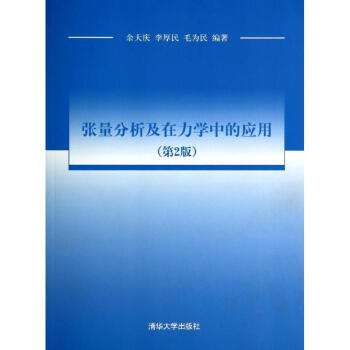
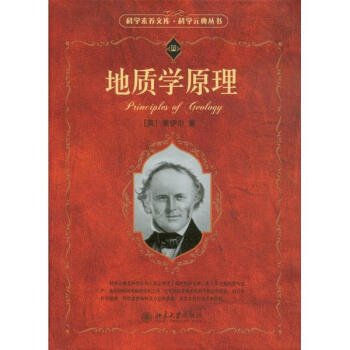
![[按需印刷] 流形与几何初步 pdf epub mobi 电子书 下载](https://pic.windowsfront.com/1652374224/55b4d41bN8448a240.jpg)

